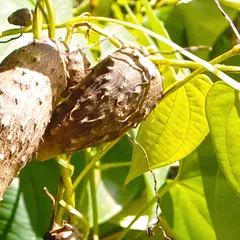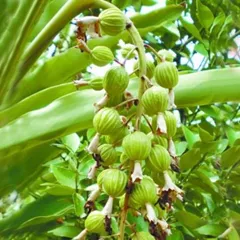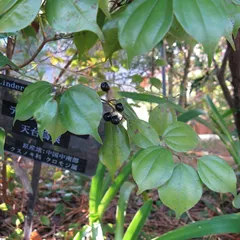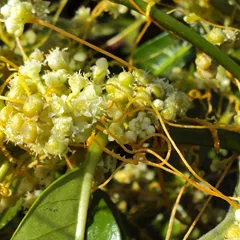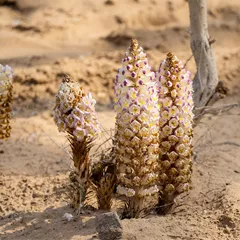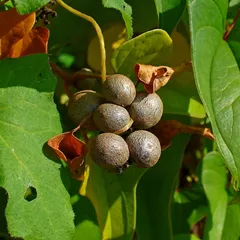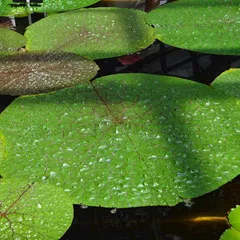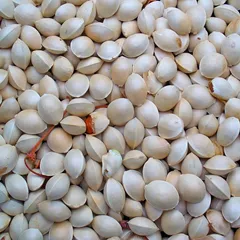Suo Quan Wan
Suo Quan Wan
Chinese: 缩泉丸
Pinyin: Suō Quán Wán
Other names: Restrict the Fountain Pill, Contracting the Spring Pill
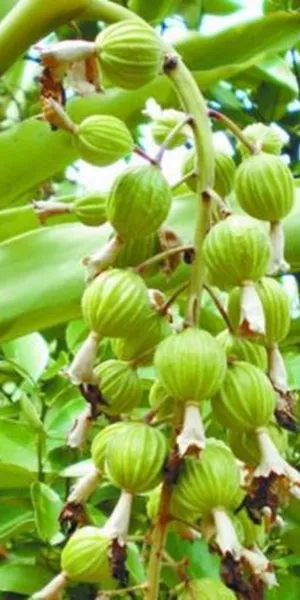
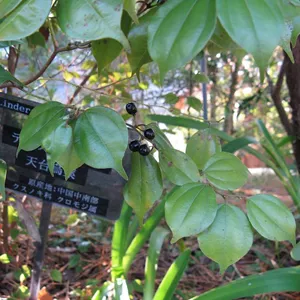
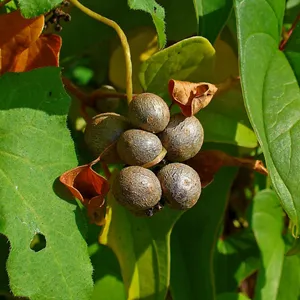
Suo Quan Wan
Suo Quan Wan
Chinese: 缩泉丸
Pinyin: Suō Quán Wán
Other names: Restrict the Fountain Pill, Contracting the Spring Pill
Number of ingredients: 3 herbs
Formula category: Formulas that secure Essence and stop enuresis
Conditions for which it may be prescribed: Urinary incontinencePostpartum incontinence
- Warms the Kidneys
- Dispels cold
- Reduces urinary frequency
- Stops leakage
Contraindications: Spicy and other stimulating types of food should not be eaten while taking this... Spicy and other stimulating types of food should not be eaten while taking this formula. see more
Source date: 1227 AD
Source book: Formulas Kept by the Wei Family
The information provided here is not a replacement for a doctor. You shouldn't use it for the purpose of self-diagnosing or self-medicating but rather so you can have a more informed discussion with a professional TCM practitioner.
Suo Quan Wan is a 3-ingredient Chinese Medicine formula with Sharp-Leaf Galangal Fruits (Yi Zhi Ren) as a principal ingredient.
Invented in 1227 AD, it belongs to the category of formulas that secure Essence and stop enuresis. Its main actions are: 1) warms the Kidneys and 2) dispels cold.
In Chinese Medicine health conditions are thought to arise due to "disharmonies" in the body as a system. These disharmonies are called "patterns" and the very purpose of herbal formulas is to fight them in order to restore the body's harmony.
In this case Suo Quan Wan is used by TCM practitioners to fight patterns like Bladder Deficient and Cold. From a Western Medicine standpoint, such patterns can give rise to a range of conditions such as urinary incontinence or postpartum incontinence for instance.
On this page, after a detailed description of each of the three ingredients in Suo Quan Wan, we review the patterns and conditions that Suo Quan Wan helps treat.
The three ingredients in Suo Quan Wan
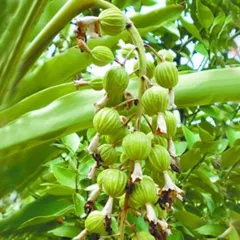
Yi Zhi Ren is a king ingredient in Suo Quan Wan. Like the name indicates, it means it has more power than other ingredients in the formula.
1. Sharp-Leaf Galangal Fruits (Yi Zhi Ren)
Part used: Dried ripe fruit
Nature: Warm
Taste(s): Pungent
Meridian affinity: KidneySpleen
Category: Tonic herbs for Yang Deficiency
Yi Zhi Ren warms the Kidneys and helps them grasp the Qi of the Bladder. It also warms the Spleen, which assists in governing Fluids. Lastly it also has a more direct action in stabilizing and binding up urine.
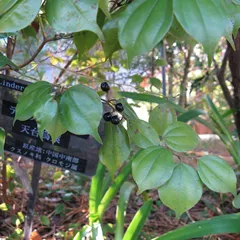
Wu Yao is a deputy ingredient in Suo Quan Wan. This means it helps the king ingredient(s) treat the main pattern or it serves to treat a coexisting pattern.
2. Lindera Roots (Wu Yao)
Part used: Dried root tuber
Nature: Warm
Taste(s): Pungent
Meridian affinity: BladderKidneyLungSpleen
Category: Herbs that regulate Qi
Wu Yao disperses Cold (whether it is Excess or Deficient) in the Lower Burner and thereby helps transform the Bladder Qi and restrain urination. It is particularly effective in dispersing Cold Qi between the Kidneys and Bladder.
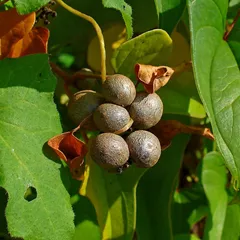
Shan Yao is an assistant ingredient in Suo Quan Wan. This means that it either serves to reinforces the effect of other ingredients or it moderates their toxicity.
3. Yam (Shan Yao)
Part used: Dried rhizome
Nature: Neutral
Taste(s): Sweet
Meridian affinity: KidneyLungSpleen
Category: Tonic herbs for Qi Deficiency
In general Shan Yao's main actions are as follows: "Tonifies the Spleen and Stomach. Tonifies the Lung Qi and nourishes the Lung Yin. Nourishes the Kidneys and consolidates Jing."
In the context of Suo Quan Wan, it is used because it strengthens the Spleen, tonifies the Kidneys, and binds up the Essence.
Suo Quan Wan is used to treat Bladder Deficient and Cold
It's important to remember that herbal formulas are meant to treat patterns, not "diseases" as understood in Western Medicine. According to Chinese Medicine patterns, which are disruptions to the body as a system, are the underlying root cause for diseases and conditions.
As such Suo Quan Wan is mostly used to treat the pattern "Bladder Deficient and Cold" which we describe below.
But before we delve into Bladder Deficient and Cold here is an overview of the Western conditions it is commonly associated with:
Urinary incontinence Postpartum incontinence
Again it wouldn't be correct to say "Suo Quan Wan treats urinary incontinence" for instance. Rather, Suo Quan Wan is used to treat Bladder Deficient and Cold, which is sometimes the root cause behind urinary incontinence.
Now let's look at Bladder Deficient and Cold, a pattern that TCM practitioners commonly treat with Suo Quan Wan.
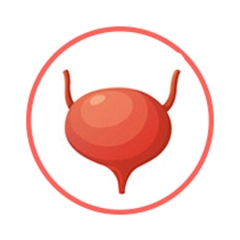
The Bladder is a so-called "Fu" Organ. Learn more about the Bladder in Chinese Medicine
Bladder Deficient and Cold
Pulse type(s): Deep (Chen), Weak (Ruo)
Symptoms: Enuresis Nocturia Dizziness Incontinence Lower back pain Feeling of cold Frequent urination White urethral discharge Pale and abudant urination
Suo Quan Wan is sometimes prescribed by TCM practitioners to treat Bladder Deficient and Cold. This pattern leads to symptoms such as frequent urination, pale and abudant urination, incontinence and enuresis. Patients with Bladder Deficient and Cold typically exhibit deep (Chen) or weak (Ruo) pulses.
This pattern is similar to Kidney Yang Deficiency or Kidney Qi not Firm, except with more Bladder related symptoms. It can derive from Kidney Yang Deficiency like it can be a precursor for it, both patterns are intrinsically linked.
This is because the Bladder derives its Qi from Kidney Yang to... read more about Bladder Deficient and Cold
Formulas similar to Suo Quan Wan
Bi Xie Fen Qing Yin is 50% similar to Suo Quan Wan
Tu Si Zi Wan is 27% similar to Suo Quan Wan
Si Mo Tang is 25% similar to Suo Quan Wan
Fu Tu Dan is 20% similar to Suo Quan Wan
Yi Huang Tang is 20% similar to Suo Quan Wan
Liu Wei Di Huang Wan is 17% similar to Suo Quan Wan

